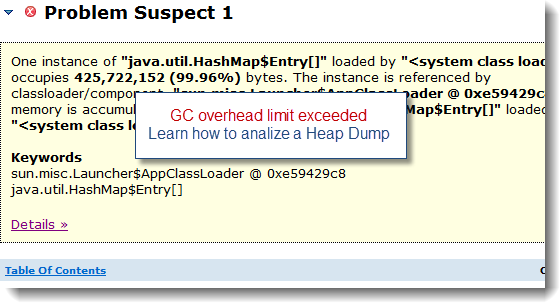I have been receiving recently many comments and emails related to Minecraft Java related errors such as java.lang.NullPointerException.
I recommend to look at the following YouTube video:
While this Blog is dedicated to general Java and Java EE troubleshooting, I’m still willing to help non Java programmers and Minecraft gamers who are facing these problems such as java.lang.NullPointerException when developing Mods and understand what is null in Java.
If you are
in fact facing such problem, please follow the steps below:
- Provide me with the Java error and complete stack
trace from Minecraft and/or your code.
- Post the complete error as a comment of this post (Post a Comment section below).
I also
encourage you to search and post your problems to the Minecraft community forum.







